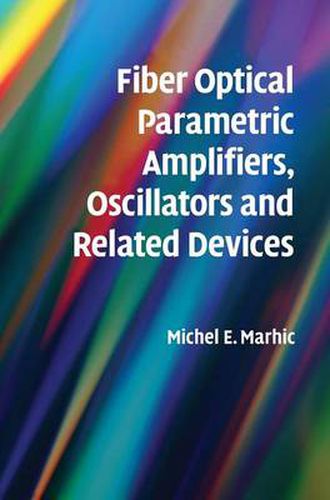Readings Newsletter
Become a Readings Member to make your shopping experience even easier.
Sign in or sign up for free!
You’re not far away from qualifying for FREE standard shipping within Australia
You’ve qualified for FREE standard shipping within Australia
The cart is loading…






This book, published in 2007, provides comprehensive coverage of the theory and practice of OPAs and related devices, including fiber optical parametric oscillators (OPOs). After introducing the field, the theory and techniques behind all types of fiber OPAs are covered starting from first principles - topics include the scalar and vector OPA theory; the nonlinear Schrodinger equation; OPO theory; and quantum noise figure of fiber OPAs. Challenges of making fiber OPAs practical for a number of applications are discussed, and a survey of the state-of-the-art in feasibility demonstrations and performance evaluations is provided. The capabilities and limitations of OPAs; the potential applications for OPAs and OPOs, and prospects for future developments in the field are discussed. Theoretical tools developed in this text can also be applied to other areas of nonlinear optics. This is a valuable resource for researchers, advanced practitioners, and graduate students in optoelectronics.
$9.00 standard shipping within Australia
FREE standard shipping within Australia for orders over $100.00
Express & International shipping calculated at checkout
This book, published in 2007, provides comprehensive coverage of the theory and practice of OPAs and related devices, including fiber optical parametric oscillators (OPOs). After introducing the field, the theory and techniques behind all types of fiber OPAs are covered starting from first principles - topics include the scalar and vector OPA theory; the nonlinear Schrodinger equation; OPO theory; and quantum noise figure of fiber OPAs. Challenges of making fiber OPAs practical for a number of applications are discussed, and a survey of the state-of-the-art in feasibility demonstrations and performance evaluations is provided. The capabilities and limitations of OPAs; the potential applications for OPAs and OPOs, and prospects for future developments in the field are discussed. Theoretical tools developed in this text can also be applied to other areas of nonlinear optics. This is a valuable resource for researchers, advanced practitioners, and graduate students in optoelectronics.